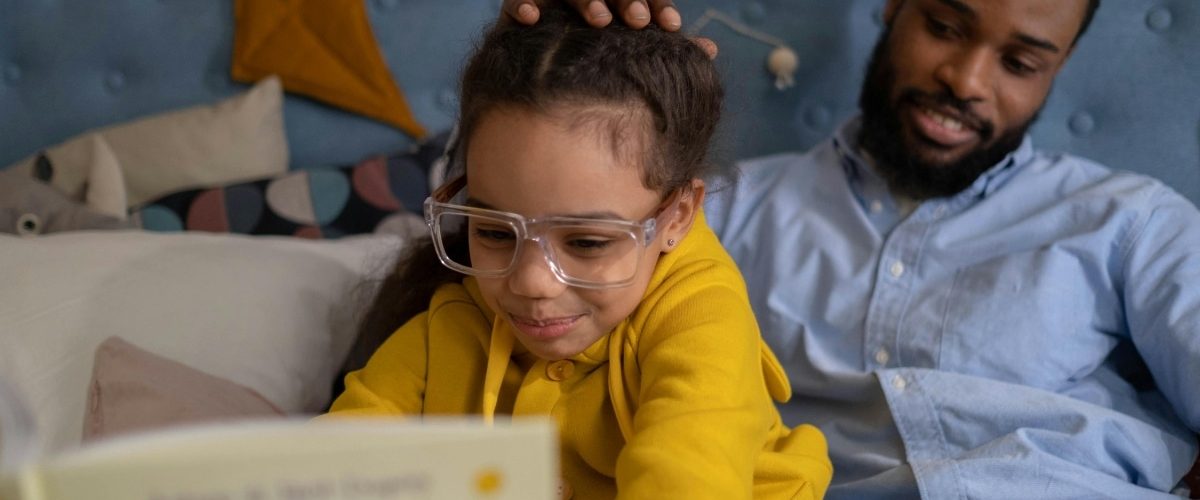We use touch as a form of communication and as a way to care for one another. Because we use this form of body language so regularly and since it’s such a natural part of our daily interactions, you might not always recognize its significance. However, it is a powerful tool for bonding with your children throughout every stage of their development.
The power of skin-to-skin
One of the first tips new parents receive is to hold their baby close with skin-to-skin contact. This practice is more than just comforting; it helps regulate the baby’s temperature, reduces crying, promotes calm breathing, and much more. Touch plays a crucial role in ensuring the newborn feels secure and in helping them adapt to their new environment.
Adapting physical contact as a baby grows
Managing a baby’s needs alongside daily responsibilities becomes a balancing act as time progresses. Baby carriers, car seats, and strollers become essential tools, allowing parents to integrate tasks while still caring for their baby. Just as feeding patterns and playtime routines change as the baby grows, so does the approach to physical touch. Skin-to-skin contact gradually shifts to baby carrier walks, cozy moments reading in a rocking chair, and soothing bath-time massages. As children get older, these gestures of affection may evolve into sitting on a parent’s lap for a snack and receiving gentle back rubs before bed.
Respecting boundaries at every age
Asking for your child’s consent is crucial at every age and stage. Respect their boundaries by seeking approval before any physical contact, such as asking, ‘Is it okay to hold you?’ This empowers them to control their own bodily decisions and teaches them it’s okay to say no – to anyone. With older children and teens, always ensure that physical contact, whether it’s a hug, a back rub, or sitting close, is welcomed. This approach builds trust, respects their personal space, and encourages a positive, respectful relationship.
The ongoing need for connecting touch
Touch remains a powerful form of connection throughout every stage of a child’s development. This simple, yet impactful, interaction benefits both the child and the parent. It provides a moment to pause amid the hustle of life, supporting a sense of calm and reinforcing the bond with the ones we love the most.
Touch continues to nurture the parent-child relationship, whether it’s comforting a child after a school day with a long hug or massaging their muscles after a sporting event. Embracing and utilizing this tool can help you maintain a strong, loving connection with your child through all the changes and challenges of parenting.
Examples of age-appropriate touch
As your child grows, adapt physical touch to their age and comfort level. Here are some ways to connect for each stage:
Infants
– Skin-to-skin contact
– Swaying with lullabies
– Infant massage
– Bath time with warm towels and lotion or oil
Toddlers
– Floor time with stuffed animals and play forts
– Dancing to your favorite tunes
– “Parent and me” story time or swim lessons
– Piggy-back rides
Adolescents
– Read aloud a chapter book on the sofa
– Back rubs and encouraging hugs
– Hair brushing and styles
– Snuggles during a family movie
Teens
– Supportive hugs and high-fives
– Communicate through hugs and “couch time” when words are hard to find
– Sore muscle massage after a sporting event
– Respectful physical presence during discussions
*Touch needs to have permission at all ages

